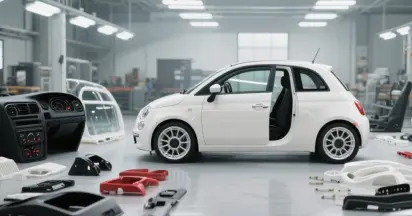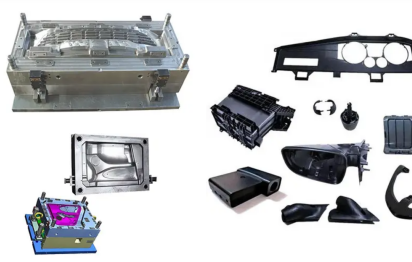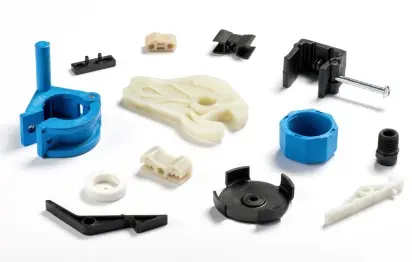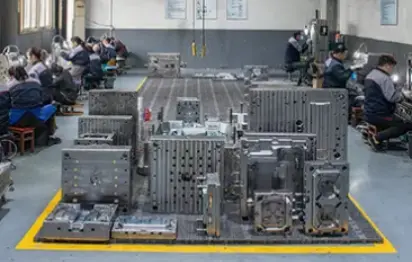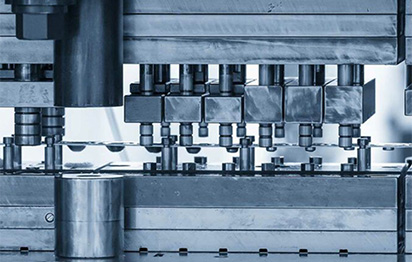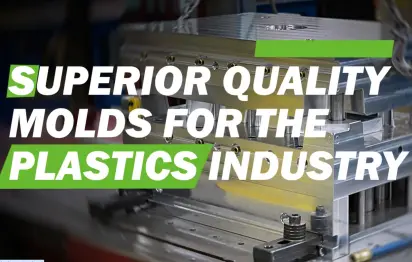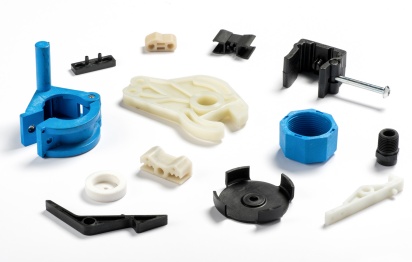The Impact of Main Runner Design on Injection Molding Efficiency
In the world of Injection Molding, the design of the main runner plays a crucial role in determining the efficiency of the entire process. The main runner, a key component of the hot runner system, directly affects various aspects of injection molding, including flow rate, filling time, material waste, cycle time, product quality, energy saving, and automated mass production. Understanding the significance of main runner design is critical for optimizing injection molding efficiency and achieving high-quality, cost-effective production.

Flow Rate and Filling Time: The size and design of the main runner have a direct impact on the flow rate and filling time of the plastic melt. An oversized main runner can lead to increased recycling of cold materials, prolonged cooling time, and the accumulation of trapped air, all of which can compromise the quality of the plastic parts. Conversely, an undersized main channel can result in increased cooling area, heat loss, viscosity, and pressure drop, leading to difficulties in forming and higher pressure and heat losses. Therefore, the main runner design must strike a balance to ensure optimal flow speed and filling time while minimizing cooling-related issues.
Pressure and Heat Losses: Efficient main runner design should aim to minimize pressure and heat losses. This involves creating a flow channel that is as short and straight as possible, with the addition of R-angles at corners to ensure smooth flow and reduce heat and pressure losses. By optimizing the design of the main runner, manufacturers can mitigate energy wastage and enhance the overall efficiency of the injection molding process.
Material Waste: The implementation of a hot runner system significantly reduces material waste by minimizing the generation of runner. This reduction in waste not only contributes to cost savings but also enhances the sustainability of the injection molding process. By eliminating the need for a main runner, the hot runner system improves material utilization and reduces environmental impact, aligning with the growing emphasis on sustainable manufacturing practices.
Cycle Time: The absence of a main runner in the hot runner system eliminates the need for cooling time, thereby speeding up the production process and reducing cycle times. This reduction in cycle time not only enhances productivity but also enables manufacturers to meet tight production deadlines and respond swiftly to market demands. Shorter cycle times also contribute to cost savings and improved overall operational efficiency.
Product Quality: The design of the main runner directly influences the uniform distribution of heat, which is essential for ensuring consistent quality across all parts produced. By maintaining uniform heat distribution, the hot runner system minimizes quality issues arising from temperature variations, thereby enhancing the overall quality of the Injection-Molded products. Consistent product quality is essential for meeting stringent industry standards and customer expectations, making the design of the main runner a pivotal factor in achieving manufacturing excellence.
Energy Saving: The hot runner system, by keeping the plastic in a molten state, requires less energy to reheat, resulting in improved energy efficiency. This reduction in energy consumption not only lowers operational costs but also aligns with the global push towards sustainable and eco-friendly manufacturing practices. By optimizing the design of the main runner, manufacturers can contribute to energy conservation and environmental sustainability while improving the efficiency of their injection molding operations.
Automated Mass Production: Efficient main runner design plays a vital role in enabling automated mass production, a key objective for many manufacturers seeking to enhance production efficiency. By minimizing subsequent processing of plastic parts and utilizing robots for runner removal, the design of the main runner can significantly shorten the molding cycle and facilitate automated mass production. This automation not only reduces labor costs but also streamlines production processes, enabling manufacturers to achieve higher output levels and meet increasing market demands.
In conclusion, the design of the main runner has a direct and substantial impact on the injection molding efficiency. A well-considered main runner design can improve production efficiency, reduce material waste, shorten cycle times, enhance product quality, save energy, and enable automated mass production. Manufacturers must prioritize the optimization of main runner design to achieve cost-effective, sustainable, and high-quality injection molding processes. By understanding and leveraging the impact of main runner design, manufacturers can unlock significant operational benefits and maintain a competitive edge in the dynamic landscape of manufacturing.






